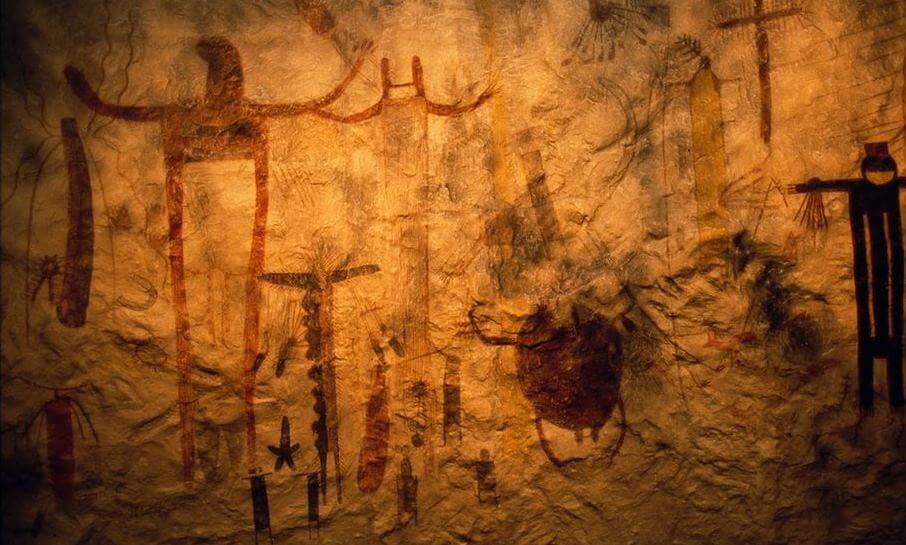When we see images of magnificent cave paintings, we tend to focus on the depictions of animals. But interspersed with these figures are symbols that may reveal the beginnings of human language and writing, far earlier than researchers expected.


When we see images of magnificent cave paintings, we tend to focus on the depictions of animals. But interspersed with these figures are symbols that may reveal the beginnings of human language and writing, far earlier than researchers expected.

Have you ever participated in a family fun run or charity walk? Today, the 5K run or walk is a pretty commonplace event around the world and all through the year. Where did the idea of running to raise funds begin and why are people drawn to this activity?

New England industrialists hired thousands of young women from farms to work together in early textile mills—and spawned a host of unintended consequences.

In 1878, Fred Harvey began building restaurants along the Santa Fe railway. After a fight broke out among male staff, he fired them and hired young women to take their place. These waitress jobs were a small step toward women’s independence.

Olympic track stars Tommie Smith and John Carlos were medalists in the 1968 Olympic Games. Read about their gesture of protest and its consequences.

In 1864, thousands of Navajo and Apache were forced to walk from their lands to a reservation about 400 miles away. In this recording, descendants of Native Americans on the Long Walk share their experiences and memories.

This timeline is organized into six time periods, each of which has excerpts and images from primary and secondary sources. Scan the entire timeline or choose to focus on one or two time periods for a more in-depth look at the history of immigration in the U.S.

The fight for women’s suffrage did not begin or end when the Civil War was over. Explore the complete history of the fight for women’s right to vote, and browse photo galleries and videos about the soldiers in the fight.

Meet Philippe Petit, a man who said, “To me, it’s so simple that life should be lived on the edge of life.” Read his biography to learn about the risks this man is renowned for taking.

In May 2017, New Orleans took down a statue of General Robert E. Lee that had stood for 133 years. Read to learn more about the city government’s reasons for removing the statue and the public disagreement about the decision.

How did a 400-year-old English drama apply to the Arab Spring?

In the mid-20th century a new type of potential disaster emerged in the form of atomic warfare. Learn about how school children were instructed to protect themselves.

Learn about the various causes of and outcomes of the War of 1812.

Law professor Adam Chodorow argues that a series of tax disputes is what eventually led to the formation of the United States.

Browse this site to learn about the Holocaust and view the online exhibits.

How did enslaved people fight against their condition? This timeline gives information about the major escape operations and rebellions from slavery that occurred in the Western Hemisphere.

It’s no exaggeration to say that the advent of writing changed everything for humans. Here’s a look at some of the key shifts in history that resulted from those first scratches on clay tablets.

The Vietnam Veterans Memorial in Washington, D.C., is a powerful reminder of the toll of war. Learn about the Wall, the service members whose names are listed there, and other tributes at this website maintained by Vietnam war veterans.

It’s hard to believe that women have had the right to vote in the U.S. for less than a century. For many decades before the 19th Amendment was finally ratified in 1920, women worked tirelessly to win this essential part of citizenship.

Have you ever heard of Juneteenth? On June 19, 1865, almost two and a half years after President Lincoln issued the Emancipation Proclamation, word finally reached Texas that the Civil War was over and that any slaves were free. Learn more about this celebration of freedom.